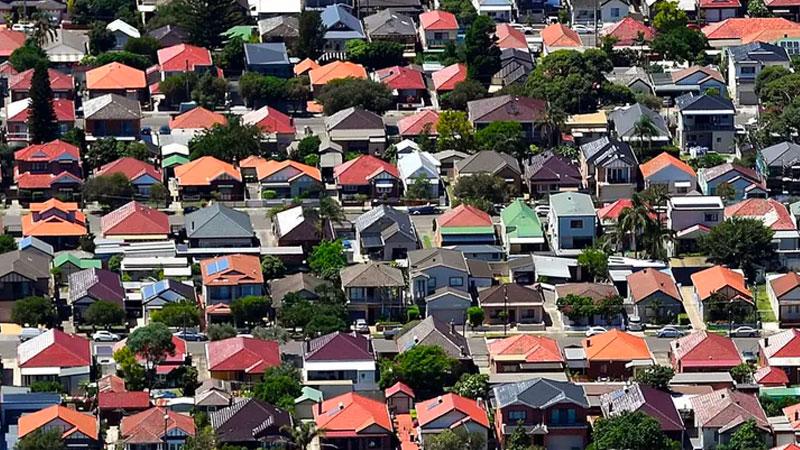Stagnant Wage Growth Weighs on Living Standards
Australia’s living standards have stagnated since the global financial crisis, with median household incomes remaining flat since 2019, according to a major national survey.
The Household, Income and Labour Dynamics in Australia (HILDA) report from the Melbourne Institute of Applied Economic and Social Research, which has been tracking 17,500 people across 9,500 households since 2001, provides a longitudinal study detailing changes within households as well as across the nation.
It finds that for the thousands of households interviewed, real disposable income grew strongly during the first nine years of the survey, between 2001 and 2009, during a time when which Australian households benefited greatly from the mining boom.
Between 2009 to 2017, the mean household income grew by only $3,156, or 3.5 per cent, while the median in 2017 was $542 lower than 2009, and a fall of 0.6 per cent from 2016.
The typical household’s income, after tax, dropped $500 to just more than $80,000 in 2017, compared with a year earlier.

“When we look at overall measures of household income, we see that the broad trend in terms of income levels is stagnation, that we've seen very little change in the median income,” the report’s co-author professor Roger Wilkins said.
“The income of someone in the middle has basically remained unchanged since 2012.”
“In the mid 2005 to 2009 range in particular, we saw very large increases in household incomes, but since 2012 there's been basically no growth.”
The figures follow data from the Australian Bureau of Statistics, released earlier this month, that revealed average household wealth had surged past $1 million last year — up 37 per cent from a decade earlier — while median household income rose 9 per cent in eight years, after accounting for inflation.
The report also analysed incomes by state and territory, finding that households in the Northern Territory have now overtaken those in the Australian Capital Territory, rising to $67,061.
Between 2012-13 and 2016-17, the median household equivalised income — a measure of material living standards obtained by adjusting household disposable income for the household’s “needs” — increased by 8.8 per cent in the NT to $67,061. The ACT fell by 11 per cent over the same period to $66,230.
Sydney increased 1.6 per cent to $48,569, Melbourne increased 4.1 per cent to $51,448, Brisbane increased 1.1 per cent to $51,652, Adelaide fell 1 per cent to $46,993 and Tasmania increased 0.4 per cent to $41,172.
Meanwhile, Perth’s median income dropped the most, 5.2 per cent, but the West Australian capital remained the highest-earning city.
According to analysis, the share of households in relative poverty — living on less than half the median income — increased in 2017 to from 9.6 per cent to 10.4 per cent.
Researchers said the trend was likely caused by the “tightening of the screws” of the welfare system, which has seen many Australians moved off higher pension benefits and on to the Newstart allowance.
Poverty rates also rose using the lower “anchored” measure in both 2016 and 2017.
Longer commutes lower satisfaction
The report also found that the average weekly commute time since 2002 has ballooned from 3.7 hours to four-and-a-half hours or 66 minutes per day.
Sydneysiders have fared the worst, with an average daily commutes of 71 minutes closely followed by Brisbane, which has blown out by almost 50 per cent in recent years to 67 minutes and Melbourne at 65 minutes
Commuters in the ACT have experienced the biggest surge in commute times, while those in Tasmania are the only ones to have actually seen a decrease.
“What we can see in the data is that the people who have long commutes, who spend more than two hours a day traveling to and from work, they are also less satisfied with their working hours, with the flexibility to balance work and life, and they're even less satisfied with their pay,” Lass said.
Reasons for the increasing commute time vary among different cities but may include increased road congestion, urban expansion, poor access to public transport services and rapid population growth.














